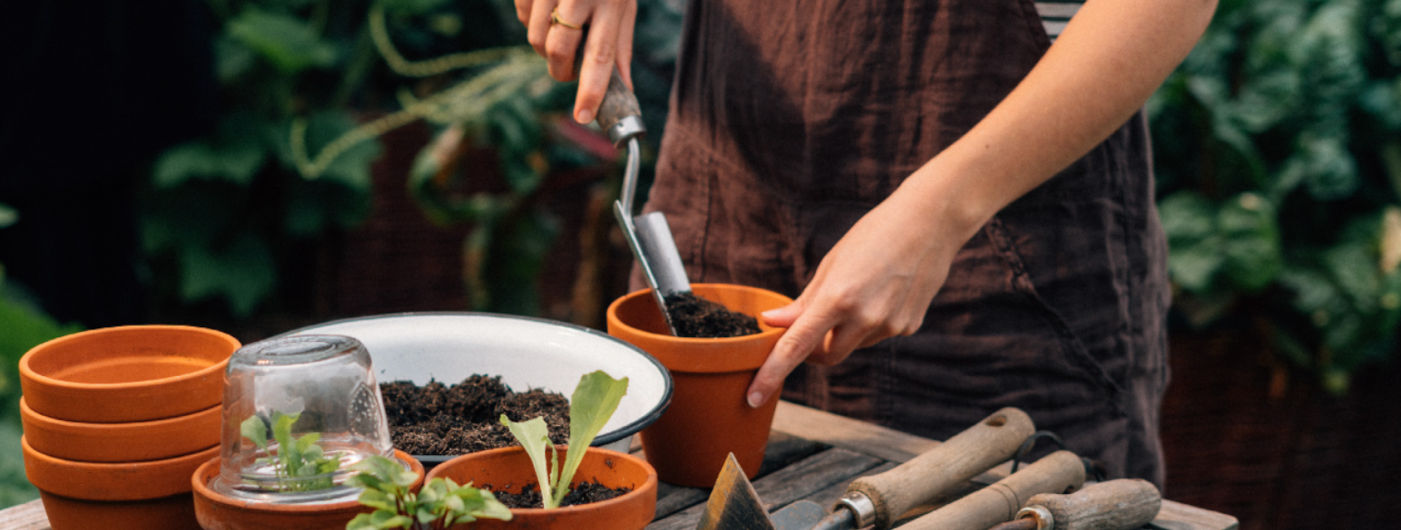Tomato seeds – tomatoes of all shapes and colours: a garden festival & a kitchen feast
Nothing beats home-grown tomatoes from your garden, balcony or greenhouse. Shop-bought tomatoes, wherever you get them, simply can’t match the range of flavours from varieties you can grow yourself. And in your own garden you can grow all kinds of tomatoes retailers rarely stock. Which is why our range is focused above all on these robust, traditional and unusual varieties.~|||~
Among the many tomato seeds here you’ll find heirloom varieties, and tomatoes with unusual shapes and colours. Sadly much of the tomato plant’s historic diversity has been lost forever. Nowadays the tomatoes grown are almost exclusively the red ones – once there was a wealth of black, yellow, pear-shaped, stripy and almost white tomatoes, of which a few have survived into the present. And it’s not just their appearance that makes them attractive but also their varied and nuanced flavours. The fruits of many wild tomatoes are also suitable for eating – and the plants are very robust, too.
Happily tomatoes have seen something of a renaissance in recent years and more diverse seeds are increasingly available to buy. So alongside heirloom tomato seeds we also offer new organic varieties.
Tomato plants originated in Central or South America. Wild ancestors of the cultivated plant still grow in Northern Chile and Venezuela today. The plant arrived in Europe with Christopher Columbus in 1498, initially in Spain and Portugal. Tomatoes can be grown outdoors, in a greenhouse or in pots on a balcony or patio. Wherever they grow they are heavy feeders and love humus-rich, well fertilised, lime-rich soil. They need plenty of light and watering.
Moist, cool weather conditions are problematic, which is why tomatoes are often grown under a cover to protect them from rain. A simple plastic sheet tied to posts shields them from wet conditions and ensures good ventilation. Tomatoes are among the few crop plants that prefer to be grown in the same location every year. You should change their location only if there’s been a major disease outbreak. Depending on their variety (whether they are vine or bush tomatoes) the plants will need some support and should be tied to stakes or wires. Most vine tomatoes will need pinching out. This means keeping only about three main stems and removing the others – which keeps the plant well ventilated and limits the number of fruits. Warmth-loving varieties in particular will ripen better this way. Bush tomatoes and small-fruit varieties generally don’t need pinching out.

